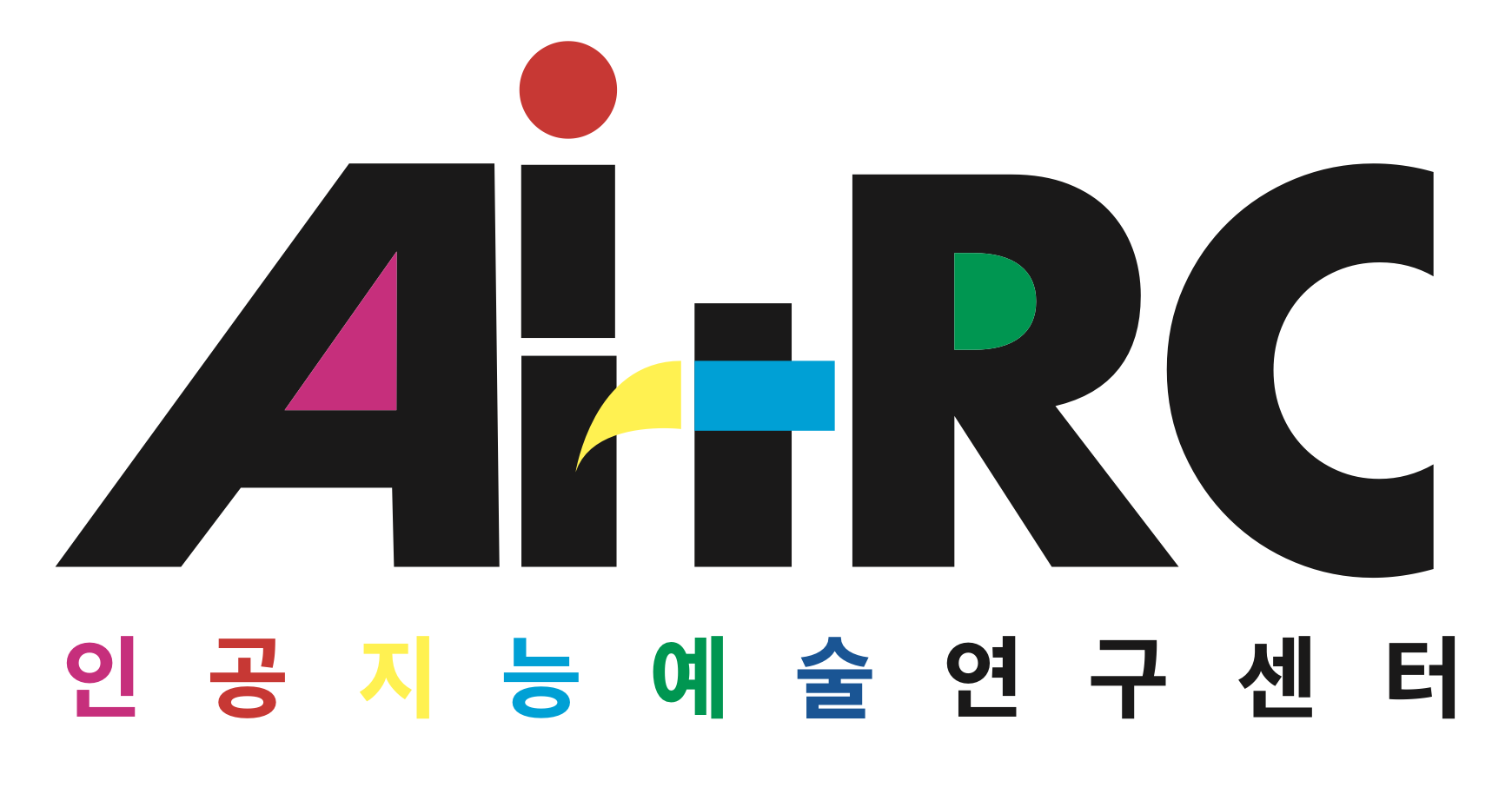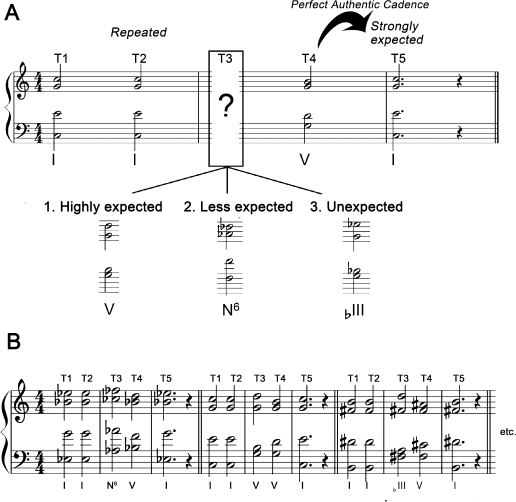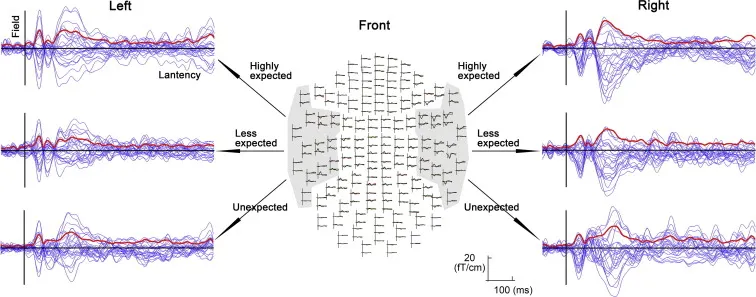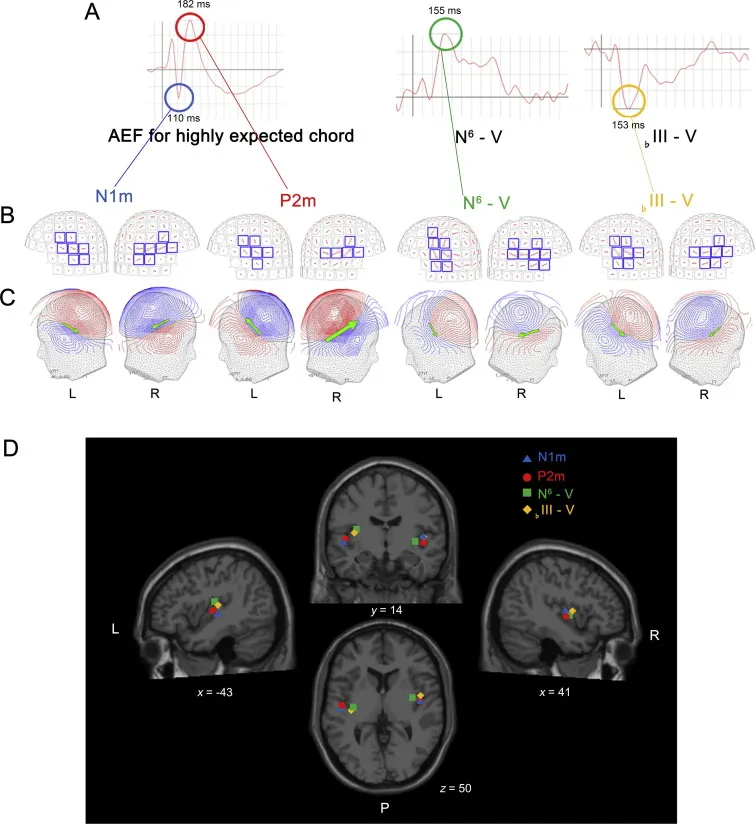Abstract
The present study investigated the influence of musical expectations on auditory representations in musicians and non-musicians using magnetoencephalography (MEG). Neuroscientific studies have demonstrated that musical syntax is processed in the inferior frontal gyri, eliciting an early right anterior negativity (ERAN), and anatomical evidence has shown that interconnections occur between the frontal cortex and the belt and parabelt regions in the auditory cortex (AC). Therefore, we anticipated that musical expectations would mediate neural activities in the AC via an efferent pathway. To test this hypothesis, we measured the auditory-evoked fields (AEFs) of seven musicians and seven non-musicians while they were listening to a five-chord progression in which the expectancy of the third chord was manipulated (highly expected, less expected, and unexpected). The results revealed that highly expected chords elicited shorter N1m (negative AEF at approximately 100 ms) and P2m (positive AEF at approximately 200 ms) latencies and larger P2m amplitudes in the AC than less-expected and unexpected chords. The relations between P2m amplitudes/latencies and harmonic expectations were similar between the groups; however, musicians' results were more remarkable than those of non-musicians. These findings suggest that auditory cortical processing is enhanced by musical knowledge and long-term training in a top-down manner, which is reflected in shortened N1m and P2m latencies and enhanced P2m amplitudes in the AC.



